|
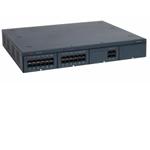 | Avaya IP Office 500 v2 telephone system Central Control Unit and accessories. These include the feature key to unlock advanced features, mounting hardware and basic trunk and digital station cards. |
|
| |
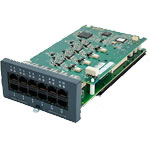 | Station, line and special function cards and associated hardware for an Avaya IP Office 500 v2. These include legacy card carriers to allow you to reuse cards from an IP Office 400 series telephone system, digital and analogue trunk and extension cards, and VoIP channel cards allowing IP handsets and softphones to be used. |
|
|
|
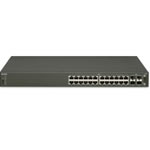 | Avaya ethernet switches providing local area network (LAN) to an IP Office 500 system. These allow an IP office, in conjunction with VCM VoIP channel cards, to create a network based on IP handsets and softphones. |
|
| |
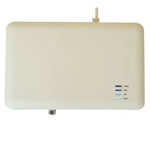 | Wireless LAN Access point, extending a LAN to mobile devices including smart phones, laptops and tablets. This also allows them to use softphone software to be part of a Avaya IP Office phone system. |
|
|
|
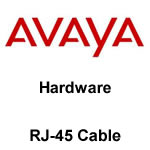 | Mincelaneous hardware such as RJ-45 cables. |
|
| |
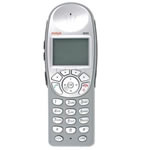 | The AWTS series handsets are a range of wireless IP devices designed to work with an Avaya IP Office 500 v2 system using wireless ethernet. They have push-to-talk capability, making two-way radios unnecessary. They are useful for groups of distributed workers who need to communicate in an industrial environment. |
|
|
|
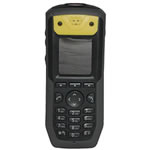 | The 3700 series and D100 IP DECT handsets are designed to provide an IP Office a wireless IP solution over DECT. They require base stations connected to the telephone system. |
|
| |
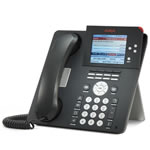 | The Avaya IP Office has two ranges of IP handsets, the 1600 and the 9600. These connect to it over a LAN and some can be powered the same way, via Power over Ethernet. |
|
|
|
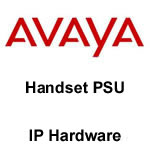 | Power supplies for Avaya branded IP handsets. This includes both direct power adaptors and Power Over Ethernet injectors. |
|
| |
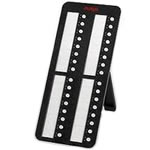 | A range of digital handsets for the Avaya IP Office 500. The 1400 series of handsets are robust and versatile, providing access to system features. |
|
|
|
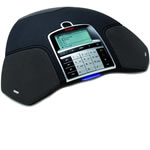 | Avaya branded Conferencing solutions with analogue and SIP based handsets. These allow for audio-conferencing with other sites and other companies, reducing the need for travelling and the associated costs. |
|
| |
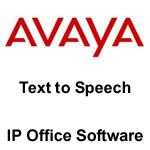 | Avaya system software and licences deployed on a system basis. These are specific to the latest software versions 8.0/8.1. |
|
|
|
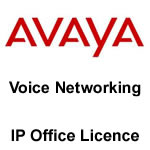 | Avaya system licences deployed on a system basis. These are specific to the latest software versions 8.0/8.1. |
|
| |
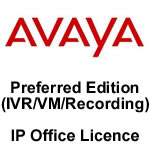 | Avaya system applications, such as Voicemail and call monitoring. Require licences on a user by user basis. |
|
|
|
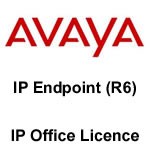 | Licences for IP endpoints for Avaya IP Office, suitable for SIP handsets. |
|
| |
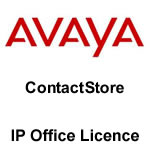 | Licences for expanded functionality on an Avaya IP office. This includes a host of functionality from ContactStore to SIP trunking and the Power User, Teleworker, Mobile User and Office Worker call control applications. Computer Telephony Integration capability is provided by a TAPI licence, while Networked Messaging and IPSec Virtual Private Networking allow communication between multiple IP Offices. |
|
|
|
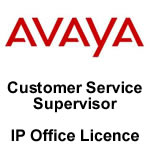 | Licences for Avaya Customer Contact Centre/Call Reporter applications suite. It requires at least one Customer Service Supervisor and one or more Customer Service Agents. It also requires the Perferred Edition system software. |
|
| |
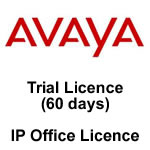 | Test various Avaya software applications for 60 days. |
|
|
|
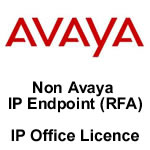 | Licences to allow third party IP endpoints to interwork with Avaya IP Office. |
|
| |









